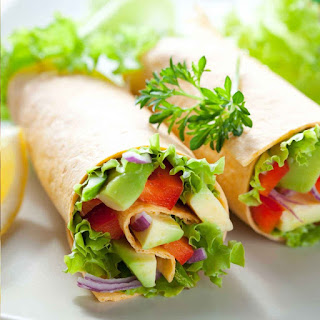Today many of us are working day
and night to earn excess of money to fulfill our dreams. Fulfilling the dreams
is a positive sign but it does not mean that one should ignore their health for
the sake of earning more money. If our body is healthy then only we will be
able to focus on our work, we all should love our body. Human body is just like
a machine and to keep it healthy and fit, one needs to eat healthy and drink plenty
of water. But today due to mental pressure many of us are ignoring home cooked
food and are relying on junk food items is not a healthy sign. So to keep ourselves
fit and healthy, the only way is to eat home cooked health food that contains
lots of protein, carbohydrates, vitamins and minerals.
A healthy salad could be a good
option to be eaten in lunch and dinners tossed with low-fat Thousand Island Dressing. Several
preferred veggie green salads and fruits to remain fit and slim. For growing
children it’s good to take excess fat to be on healthier side so including
salad recipes with chicken in their diet will help them to grow healthy. Salads
contain nutritional requirements and antioxidants that your body need. To
remain healthy throughout your life ensure that you include adequate protein,
healthy fats, and carbohydrates in your salad so it's still an absolutely
well-balanced meal.
Including salad recipes with
chicken, vegetables and fruits in your diet is the best way to enjoy healthy diet
and keep a balanced weight. To make your salad full of taste enjoy it with best
island dressing from Veeba. This Island Dressing
is perfect to be enjoyed with sweet corn salad and fried potato salad and is
liked by children for its savory and sweet taste. It is really easy to open and
available in all stores in your locality. If you include salad in every meal you
eat in a day, you will definitely be doing a good to your body. Including rice in
your salads to makes you feel full for a longer period of time and to make it a
proper meal. Try fried rice with salads
as the same is high in carbohydrates and fiber that helps to improve your
energy levels.











